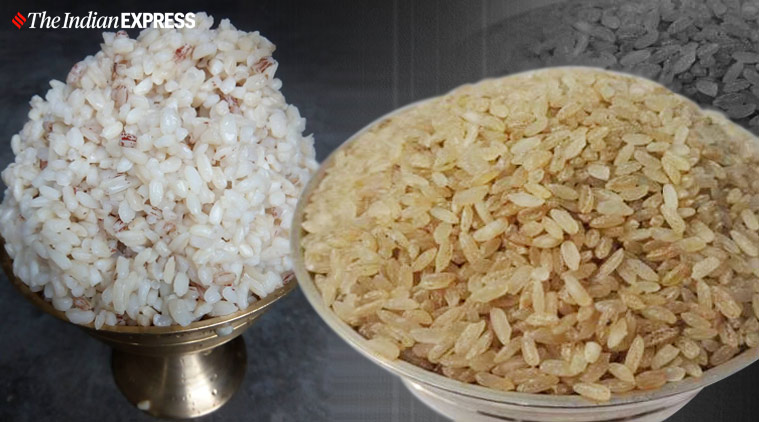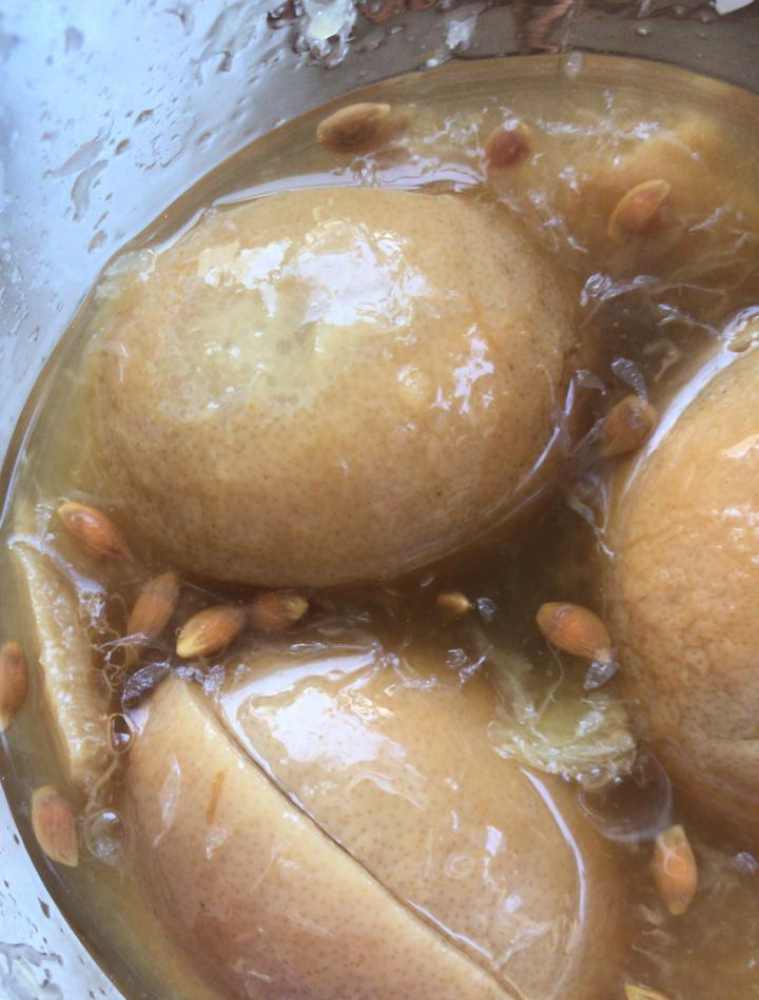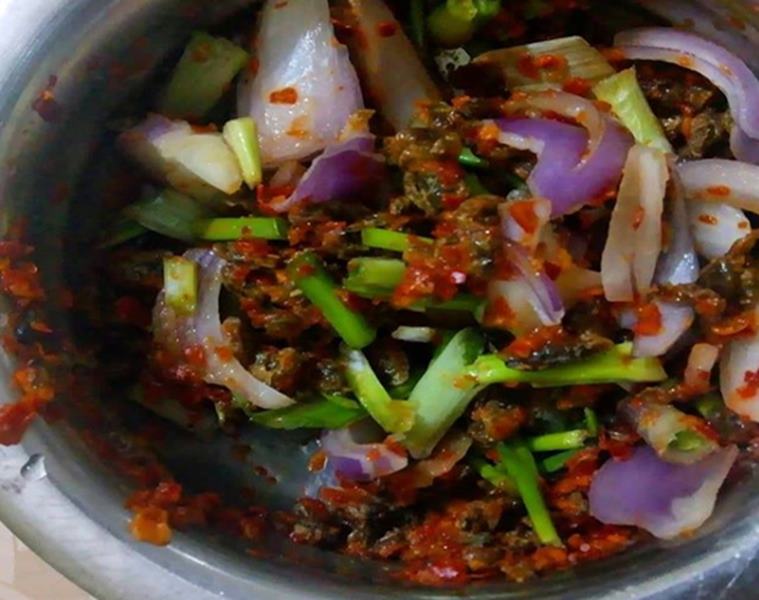- India
- International
In a pickle? Traditional food preservation techniques you should remember in a lockdown
Pickling, drying, fermenting and smoking— in times of a lockdown, there are many traditional techniques the urban Indian can learn from
 The lockdown is a good time to remember the traditional Indian food preservation techniques. (Representational image)
The lockdown is a good time to remember the traditional Indian food preservation techniques. (Representational image)
From fuelling thousands of Ahom soldiers who fought the Mughal army in the 17th century to becoming the staple of farmers in Assam today, Boka saul or the ‘rice that needs no cooking’, has had a little-known history — until it attained the coveted Geographical Indication tag in 2018. Yet, not many know about this ‘magic’ rice variety from Assam that simply swells up when soaked in water for ten minutes. Perhaps, this generation, for whom Swiggy and Zomato are everyday verbs, does not need to.
However, the nationwide lockdown has compelled the privileged urban Indian to rethink many things. Among them is food, and the significance of food preservation.
“The urban minority might not remember these things but Indians are actually pragmatic by tradition. We have been through multiple plagues,” says Kurush F Dalal, Mumbai-based archaeologist and culinary anthropologist. “So most Indians do know how to batten down the hatches, make do with what they have. Today many might have forgotten but there are enough grandmothers who remember bad times.”
It is in these bad times in history that the most worthy lessons lie.
According to Mumbai-based food writer Roshni Bajaj Sanghvi, preservation was key in tiding over seasons. “The Sindhi community, for one, would preserve ingredients in the summer, so they would be available through winter,” says Sanghvi, “All this came out of necessity but now, they are delicacies.”

 In Assam, mejenga paat (schezwan pepper leaves) are dried on a cotton cloth and stored for months. Photo courtesy: Gitika Saikia
In Assam, mejenga paat (schezwan pepper leaves) are dried on a cotton cloth and stored for months. Photo courtesy: Gitika Saikia
A history of sun-drying
Drying is one such technique used across India. “Dry heat might be unbearable but it is fantastic for preservation,” says Sanghvi, citing examples of papads and wadis (knots of spiced-soaked lentils). “You put clusters of wadi on an old sari in a hot sunny spot. Once dried, these can be preserved for months. They are heavily salted and versatile to cook with,” says Sanghvi, adding that papads and wadis were often made in refugee camps.
Years later, these traditions have stuck. In many Sindhi pockets of Mumbai, like Chembur, you still have papadwalas selling these preserved products on thelas.
Chennai-based food historian and host of TV show Dakshin Diaries Rakesh Raghunathan agrees. “Today we have access to everything through the year. In the old days, we had to make do with it whatever was available. For example, the Chettiars in Tamil Nadu hail from a bone-dry arid region and they would salt and sun-dry anything they could find — whether it was meat or cluster beans. Sun-dried vegetables are now a part of their culture — a mandatory food item served in weddings,” he says.
In the Northeast, drying vegetables, like ash gourd, radish etc, on rooftops is a common practice. “It’s a very rural tradition,” says Gitika Saikia, a Northeast food curator based in Mumbai. In Assam, edible flowers (like sewali phool, teeta phool) as well as ferns like tengesi tenga (Indian sorrel) and mejenga paat (schezwan pepper) are dried on a cotton cloth and stored for months. “We dry sewali phool or night jasmine since they bloom only two months during the year. Once fried, you can add it in rice or even sprinkle them fresh on scrambled eggs. It lends a very umami-like flavour to the dish,” says Saikia.
Pickling 101
When the Portuguese came to India, so did vinegar. “It came as a blessing to the countryside in Gujarat. Now we could preserve and pickle a lot of things that wouldn’t stay overnight,” says Dalal.
For the Parsi community, it meant a host of pickles — while some are simple, others might include an elaborate procedure. “There is a unique Parsi pickle made out of the Hilsa fish or Paala/Bheeng, as it is called in Maharashtra. The entire roe sac (fish egg) is gently steamed and pickled with vinegar,” says Dalal, adding that it is a “very tricky procedure”. “You have to keep the roe intact. If it splits, the eggs will spill all over the gravy. But if done well, it can be eaten through the year,” he says.
 A lemon and salt preparation is a favourite pickling recipe among different Indian communities. Photo Courtesy: Roshni Bajaj Sanghvi
A lemon and salt preparation is a favourite pickling recipe among different Indian communities. Photo Courtesy: Roshni Bajaj Sanghvi
While pickling happens across the country, mangoes and lemons are go-to ingredients. “The Tamils make something called Varu Maangai or baby raw mango pickle. The pieces are washed, sun-dried, coated with castor oil and salt. A batch can last for years,” says Raghunathan, adding that the recipe finds place in Sangam Literature, which documents the history of the ancient Tamil country.
However, the one pickle which cuts across communities across India is the humble lemon and salt preparation. “It is basically lemon, with rind, kept in a huge container with salt for years,” says Saikia, adding that it is believed to be a fantastic antidote for stomach ailments. “The older it is, the better it tastes — I have tasted one which is as old as five years.”
Journeying with food
The famous Gujarati phrase, ‘Bhatia potlu’ which roughly translates to “pack up and leave”, comes from Parsi chicken dish “Bhatia ni Murgi.” Like all communities in India, Parsis would cook for travelling. “The preparation is made completely dry, without a single drop of water since it has to travel. Packed in a bundle would be fried onion and fried potatoes, enclosed with the chicken, along with a few ghee rotis,” explains Dalal. The preparation is meant to last a long journey.
Across India, preparing food for travel is common. Sanghvi says that Sindhis would often make a double-fried snack called the “tuk”. “These are potatoes (or other starchy tubers likes arbi, suran etc) cut into chunks and fried, pressed to flatten and fried again,” she says, “They survive long journeys and can often be traced to the necessity of migrants shifting camps.”

In Northeast India, many carry cured meats for journeys since smoking and curing is a common practice, as in fermentation. Karen Yepthomi, owner and chef of Dzukou Tribal Kitchen gives the example of Nagaland’s popular Anishi, or fermented yam leaves paste. “The leaves are kept in a bamboo basket for days until they yellow,” says Yepthomi, “They are then pounded to a paste, wrapped in banana leaves and kept warm in the low fire till cooked.”
After it is cooked, the yam paste is made into small cakes and dried in the sun till it becomes dark: blackish and hard. “It can be used in powder form as well and can be preserved up to a year,” she says.
All the way down south, in the hills of Tamil Nadu, a village uses a similar method to grow malai poondu or mountain garlic. “In homes across Kodaikanal’s Manavanur village, harvested garlic is tied up in bundles and placed over the fire,” says Raghunathan, “At any point, you will find at least one-and-a-half to two tons hanging in a single house.” They are cured and then travel to the market — a tradition the locals have been following as long as they can remember.
Apr 25: Latest News
- 01
- 02
- 03
- 04
- 05



































